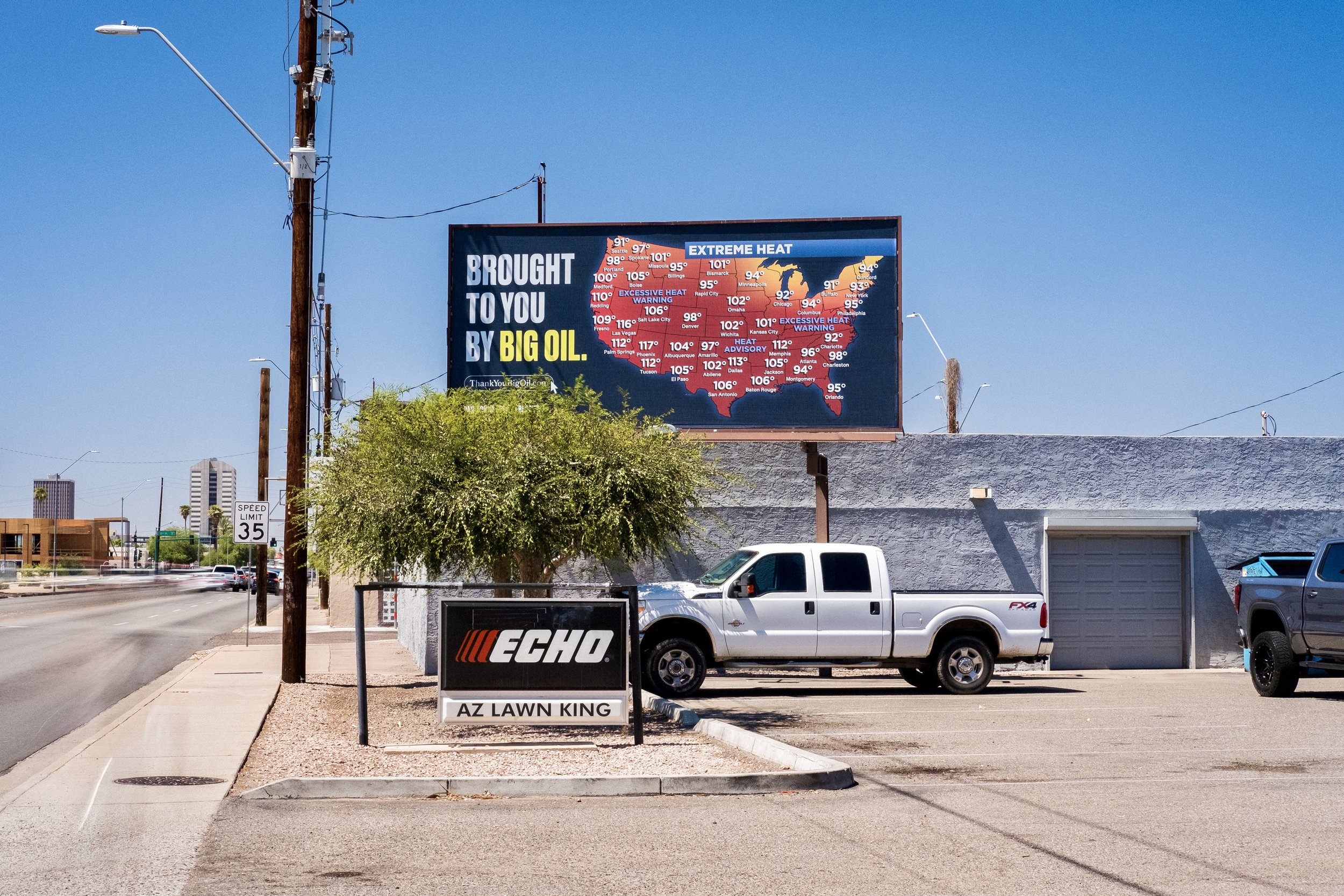
Extreme Heat Resilience
Scroll ↓
In July 2024, I took the role of postdoctoral research associate with Climate Assessment for the Southwest (CLIMAS) at the University of Arizona. CLIMAS is a Climate Adaptation Partnership (CAP), funded by the U.S. National Oceanic and Atmospheric Administration that includes experts from social, physical, and natural sciences who collaborate with partners across the Southwest to develop sustainable solutions for regional climate challenges. Under the guidance of Associate Professor of Planning and Sustainable Built Environments Ladd Keith, my work aims to bridge climate science and decision-making to advance heat resilience in rural, tribal, and border communities in the U.S. Southwest. This project also supports nationwide heat action planning efforts through the new National Integrated Heat Health System Information System’s (NIHHIS) Center for Heat Resilient Communities.
Our first short publication, drawing from our rural heat work, published on the American Association of Geographers’ Just Rural Futures blog.
Boyer, A.L., Ahn, M. & Keith, L. 02/22/2025. Expanding the focus: toward heat equity in rural areas. Just Rural Futures, American Association of Geographers' Rural Geography Specialty Group
In the summer of 2023, I was still working on water and river conservation issues. However, I found myself stuck in Phoenix, spending the entire summer under the scorching heat. My colleague Brian F. O’Neill—then at Arizona State University— and I began turning our shared experience into fieldwork. Our zine Heat Diary: Visualizing the Geography of Heat is the result: a blend of street photography, field notes, and personal reflections from two political ecologists walking the overheated sidewalks of the hottest major city in the United States.
What is extreme heat, and who does it impact?
Heat is not just a matter of temperature: it is an urgent social, political, and ecological issue. As climate change intensifies, extreme heat disproportionately harms the most vulnerable. While the wealthy remain sheltered in air-conditioned interiors, unhoused individuals, low-income workers, and marginalized communities face unrelenting exposure to asphalt, concrete, and the invisible weight of environmental neglect.
How do communities confront and adapt to it?
Through the lens of urban ethnography and street photography, we explore how people navigate a city that is increasingly inhospitable. We question the assumptions that technological fixes will save us and examine how capitalism perpetuates vulnerability and deepens inequality in the face of climate stress.
This zine asks not only what extreme heat does to bodies and infrastructures but also what it reveals about the social contracts that bind and divide us. In Phoenix, as elsewhere, the climate crisis is not evenly distributed. And as temperatures rise, so too do the stakes of who gets to survive, and how.
The zine is available on the GeoZONe Zine Repository: https://geoz.one/
We also wrote a reflective piece on our zine-making work, published in Cultural Geographies in Practice. You can read it here.
Abstract: This contribution examines the zine as a drafting board – a creative space for experimentation and interdisciplinary collaboration at the crossroads of science and photography. While presenting research in alternative formats is not a novel concept, we advocate for expanding conversations around the methods, rationale, and value of zine-making within academic and public discourse. Using our project, Heat Diary: Visualizing the Geography of Heat - Issue 1: Devices, as a case study, we delve into the methods, challenges, and strategies involved in producing a zine informed by the place-based perspectives of a geographer and a sociologist living and working in Phoenix, Arizona. Set in the context of record-breaking heat waves in 2023 and 2024, Phoenix’s innovative urban heat mitigation efforts, and the proliferation of new signage and infrastructure addressing extreme temperatures, the project reflects the evolving geographies of heat. Blending ethnographic fieldnotes, visual documentation, and collaborative research, this zine serves as both a record of these transformations and a creative reflection on the broader implications of urban heat in one of the world’s hottest cities.
***
In line with my goal to contribute to the growing body of social science scholarship on heat, I actively seek out new publications on the topic. Despite its deadly toll, particularly in dense urban environments, extreme heat has long been overlooked in the social sciences and humanities. I recently read Heat: A History. Lessons from the Middle East for a Warming Planet by historian On Barak. This book offers a timely and original contribution, exploring the historical, political, and cultural dimensions of this escalating crisis. I published a review in the Journal of Environmental Studies and Sciences. You can read it here.
This poster was presented at the Arizona Postdoctoral Research Conference, held at the University of Arizona in September 2024. I am part of a team of three postdoctoral researchers from diverse disciplines—Geography, Public Policy, and Urban Planning—collaborating on cross-cutting research to address heat resilience. Our work aims to advance innovative and impactful solutions for both urban and rural communities facing extreme heat challenges. We organize our research around three core pillars: a critical geography of heat resilience, urban planning in pursuit of heat resilience, and collaborative, polycentric governance. Click on the poster for a more readable version.
Cover photography by Brian O'Neill, Phoenix, hottest summer on record - August 2023



